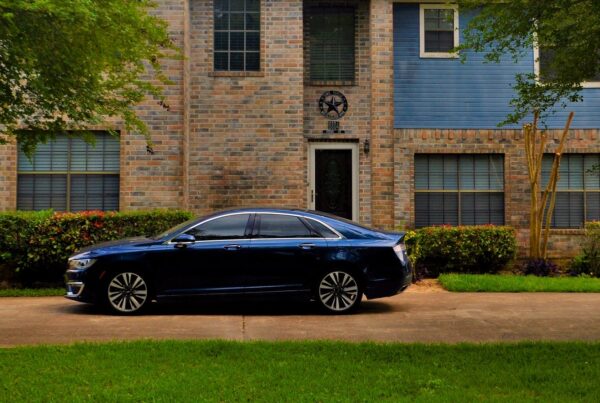For better or worse (pun intended), a first marriage is not necessarily a person’s only marriage.
Whether a first marriage ends in death or divorce, second, third and even fourth marriages increasingly occur. With multiple marriages comes the possibility of step-children.
One marrying an older spouse may become a step-parent to teenagers. Toddlers, on the other hand, may be step-children to one marrying a younger spouse.
In any circumstance, both spouses should be aware of their new-found charges’ impact on their estate plan. Wisconsin law does not include step-children as a spouse’s “children” for inheritance purposes.
So, if one dies without a will, the estate will go to the spouse, if living. That spouse can bequeath these assets however he or she likes, including only to that spouse’s natural and adopted children and excluding the deceased spouse’s natural and adopted (and the surviving spouse’s step-) children.
The estate of one dying without a will, if no spouse survives, will go to any natural (or adopted) children, but not to any step-children.
Standard will provisions similarly may not include stepchildren as “children.” Therefore, sums bequeathed to “my children,” without more, will not go to step-children.
For step-children to be included in a bequest, the estate planning document must expressly and specifically describe them, including their step-children status.
There is no right or wrong decision here. One step-parent may leave nothing to a step-child, because he or she will be provided for by the natural parents, or the step-child came into the marriage as an adult.
Another step-parent may equally include a step-child who has special needs, came into the marriage at a young age, or developed a special bond with the step-parent.
What is important is that step-parents be aware that their step-parent status may impact their estate planning needs.
And that they consult with a knowledgeable attorney when creating or reviewing their estate plans.






